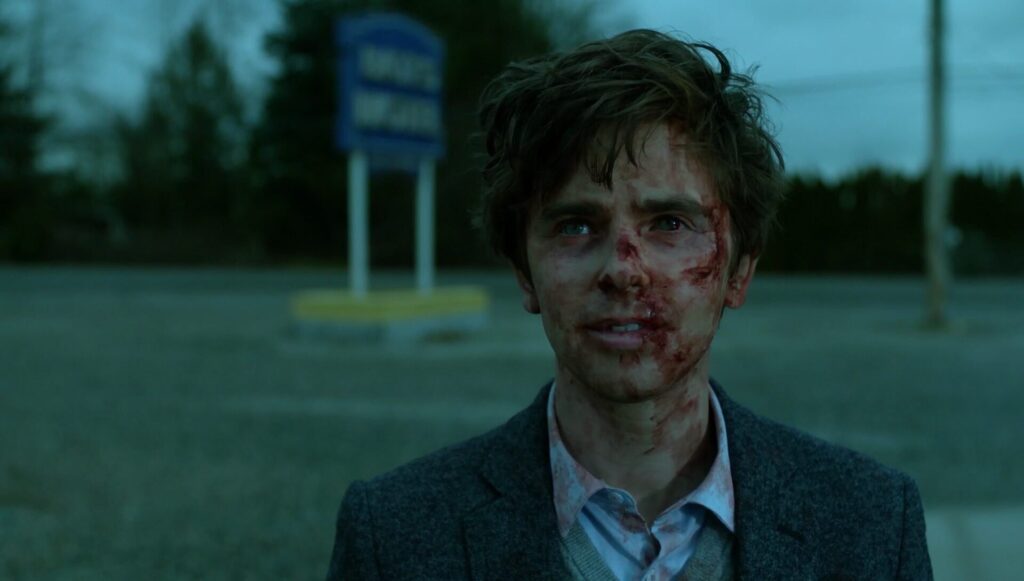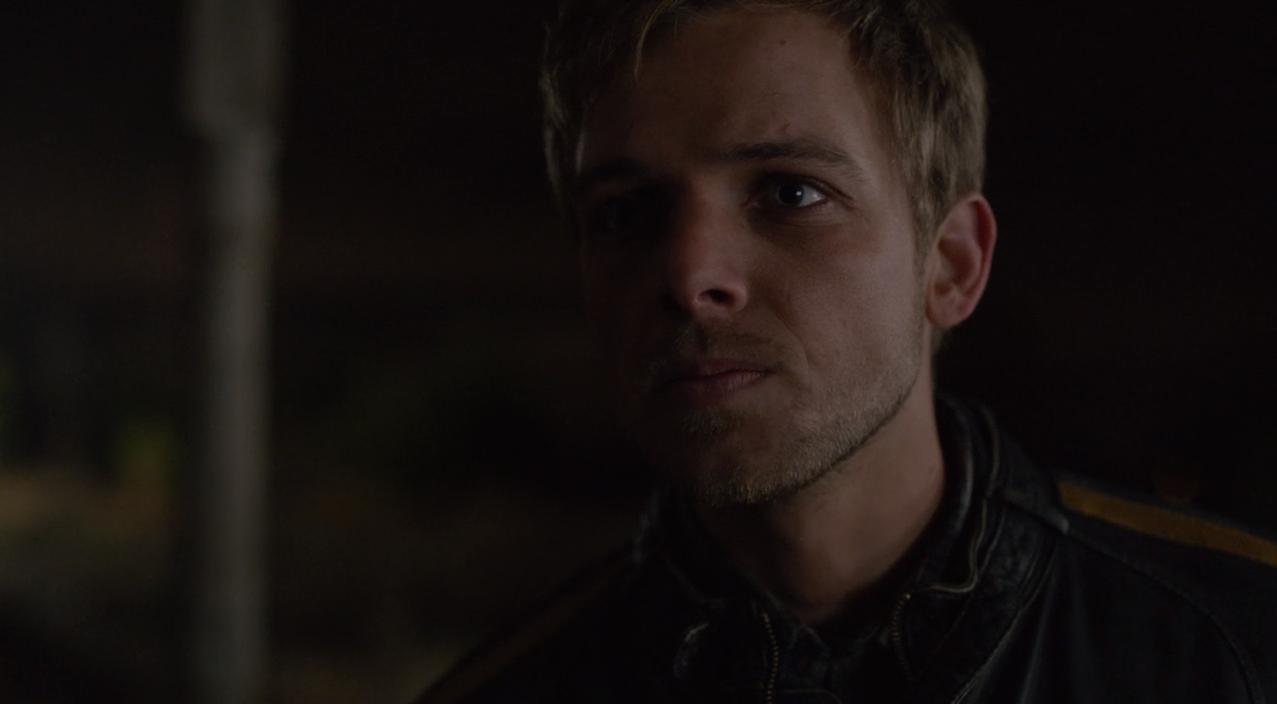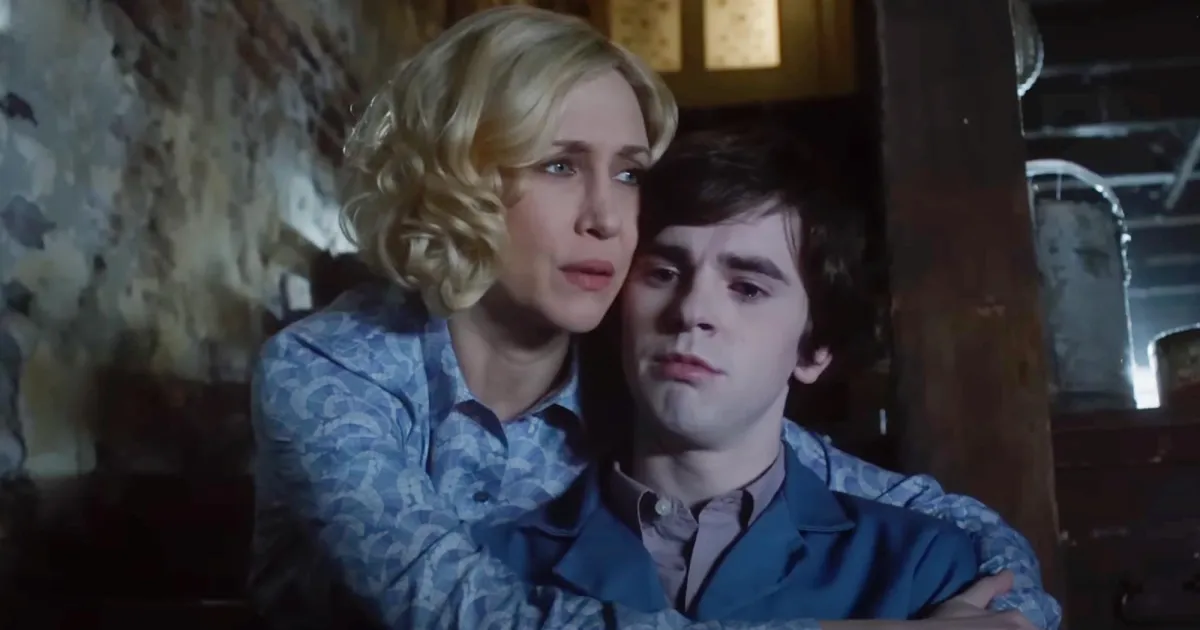
From the outset, Bates Motel wasn’t just a prequel; it was an audacious, almost voyeuristic, exploration into the genesis of a monstrous legend.
Eschewing the typical slasher tropes, the show meticulously unspooled the threads of Norman Bates’s unraveling mind, daring us to witness, and perhaps even empathize with, the horrific alchemy that forged a serial killer. This wasn’t merely a story of inherited madness, but a chillingly intimate portrait of symbiotic dysfunction, a dark pas de deux between mother and son that ultimately consumed them both.
At its rotten core lies the grotesque distortion of the Oedipus complex. While Freud’s original theory posits a boy’s unconscious sexual desire for his mother and rivalry with his father, Bates Motel elevated this to a suffocating, conscious, and ultimately destructive symbiosis. Norma Bates, a woman perpetually teetering on the precipice of her own traumatic past, unknowingly, or perhaps knowingly, cultivated an environment where Norman’s nascent identity became inextricably intertwined with hers. Her desperate need for control, born from a lifetime of abuse and a pathological fear of abandonment, manifested as an suffocating embrace that choked out any chance for Norman to form an autonomous self.

Vera Farmiga’s portrayal of Norma wasn’t just a performance; it was a visceral, raw excavation of a deeply wounded psyche. We see her fierce protectiveness, her manipulative tendencies, her moments of genuine warmth, and her terrifying fragility. She is both victim and unwitting perpetrator, a tragic figure whose desperate attempts to protect Norman only served to accelerate his descent. Norma, for all her complexities, never truly acknowledged the depths of Norman’s psychological instability, often dismissing his alarming behaviors as quirks or adolescent angst, or worse, enabling them through her own codependency. This denial, a crucial element in the show’s dark tapestry, was the fertile ground in which Norman’s alternate personality, the “Mother” persona, began to take root.
Freddie Highmore’s transformation from the shy, awkward boy into the chillingly precise mimicry of his deceased mother is a masterclass in psychological horror. We witness the gradual erosion of Norman’s own self, his identity slowly subsumed by the dominant, violent alter-ego. The “Mother” persona isn’t just a voice in his head; it’s a fully formed entity, a monstrous projection of Norma’s controlling nature and Norman’s own repressed rage and sexual anxieties. The show brilliantly blurs the lines between reality and hallucination, forcing us to question what is truly happening versus what is merely Norman’s twisted perception. The moments where he converses with “Mother,” and we, the audience, are privy to these chillingly real interactions, are not just narrative devices, but direct insights into the fracturing of his mind.

Beyond the central duo, the series adeptly explored the insidious creep of trauma. Dylan Massett, Norman’s half-brother, serves as a poignant counterpoint, struggling to escape the suffocating shadow of his family’s dysfunction while simultaneously being drawn back into its orbit. Emma Decody, Norman’s friend, offers a glimpse of potential normalcy, a beacon of light that the darkness inevitably snuffs out. Even Sheriff Romero, a character initially presented as a foil, becomes entangled in Norma’s chaotic world, ultimately succumbing to his own destructive obsessions.
Bates Motel didn’t just tell us Norman Bates became a killer; it showed us, with excruciating detail, the psychological pressures, the intergenerational trauma, and the utterly toxic codependency that twisted a vulnerable boy into an iconic monster. It’s a series that lingers long after the credits roll, a stark reminder that true horror often stems not from external boogeymen, but from the terrifying landscapes within the human mind, especially when those landscapes are meticulously cultivated by the very people meant to nurture them. The show is a profound, disturbing psychoanalysis in itself, a chilling testament to how love, when suffocated by fear and pathology, can become the most destructive force of all.





